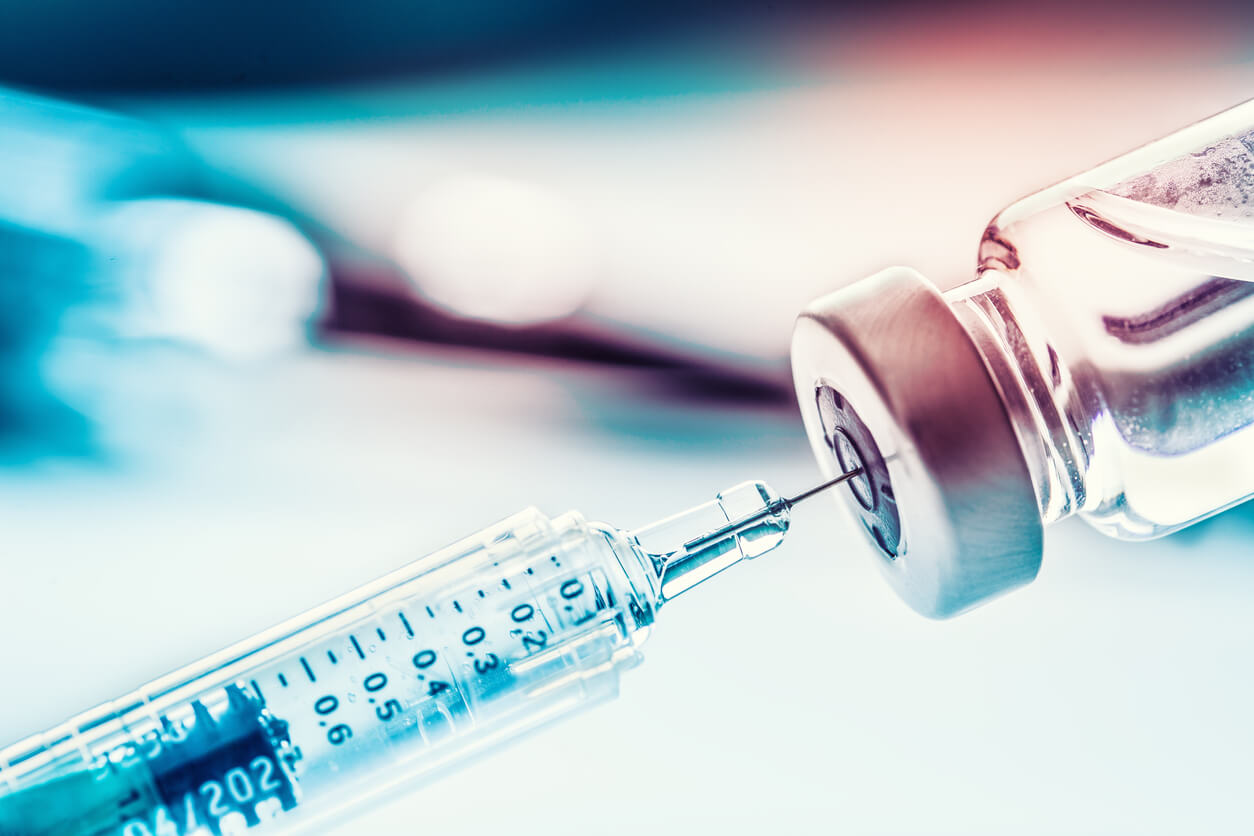
In biopharmaceutical development, the reliable and precise measurement of viscosity has always been challenging. Typically, only scarce amounts of sample volume are available, rendering conventional viscometry impractical. The latter typically requires more than one hundred microliters of sample volume with a high biopharmaceutical concentration. 3D DLS Microviscometry is an innovative approach that not only allows the measurement of the smallest volumes (<5 μl) but also allows the measurement of very turbid samples without dilution when combined with the 3D Modulation technique. To demonstrate the advantages of 3D DLS Microviscometry, the viscosity of five different glycerol-water mixtures was measured with a NanoLab 3D, which has been proven in scientific studies to work equally well for proteins [1,2]. A special cell holding as little as 4 μl of sample by volume has been used. The obtained data was analyzed directly by the NanoLab 3D software without any post-processing and was compared to literature values obtained by classic viscometry measurements using ml-sized samples. The perfect agreement shows that DLS Microviscometry offers comparable performance and accuracy on dramatically reduced sample volumes.
What is DLS Microviscometry?
With Dynamic Light Scattering (DLS) one measures the diffusion coefficient of the particles in suspension in a solvent. If one knows the viscosity of the solvent and the sample temperature, one can accurately determine the hydrodynamic radius of the particles from the measured diffusion coefficient (see Appendix for details). This is known as a DLS Sizing experiment and is the most common application of DLS.
Another possible application of this technique is the case in which one wishes to measure the viscosity of a liquid sample, such as a protein solution or a colloidal suspension.





